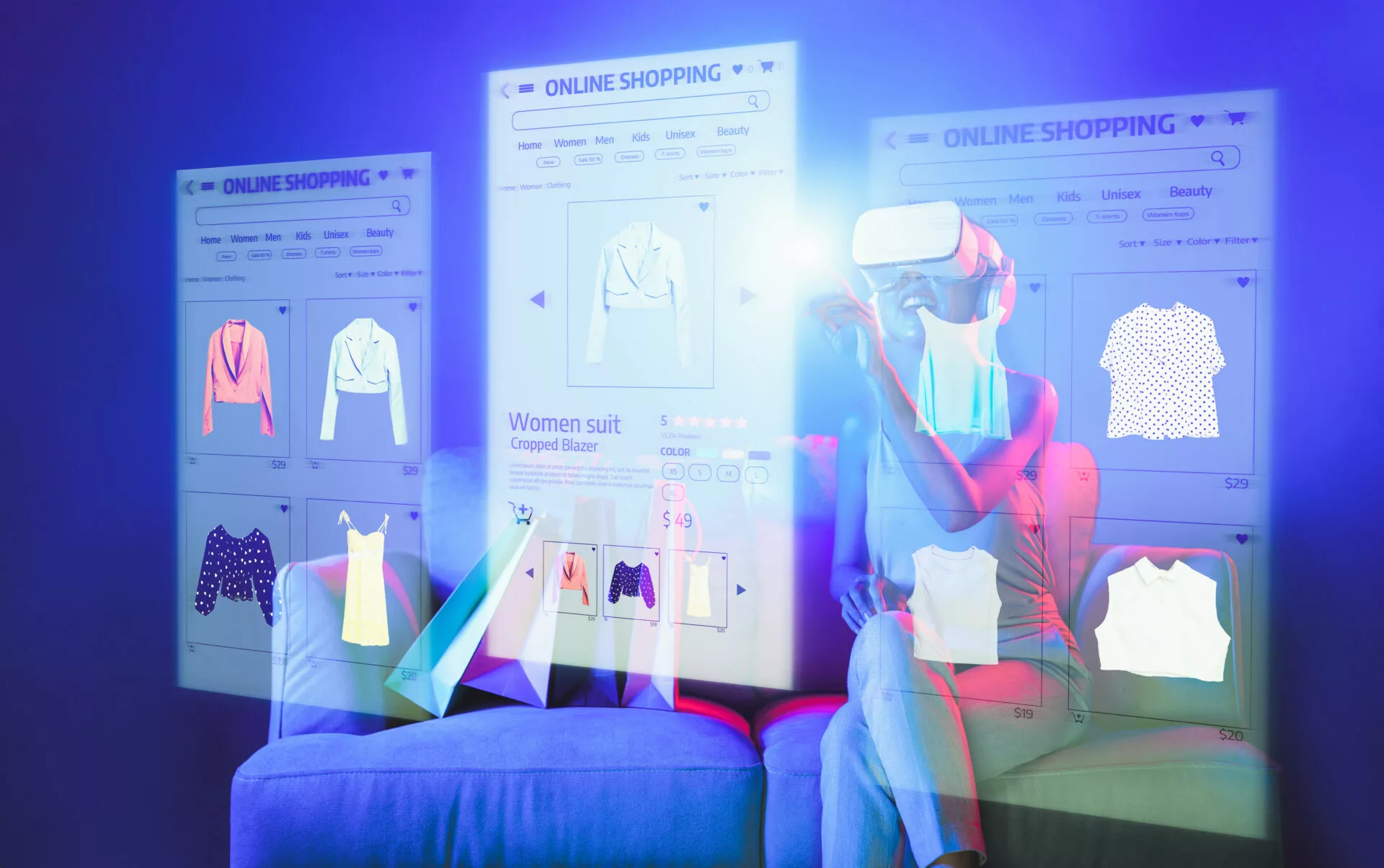As immersive technologies continue to transform the digital landscape, businesses are increasingly leveraging augmented reality (AR) and virtual reality (VR) to enhance consumer engagement. Both offer powerful tools for storytelling, product visualization, and experiential marketing—but which delivers stronger consumer impact?
This article explores the key differences between AR and VR, their unique marketing advantages, and how brands can strategically implement these technologies to maximize engagement and ROI.
Understanding the Core Difference: AR vs VR
Augmented Reality (AR) overlays digital content onto the real world through smartphones, tablets, or AR glasses. It enhances the user’s physical environment rather than replacing it.
In contrast, Virtual Reality (VR) creates a fully immersive, computer-generated environment that isolates users from the real world—typically via a headset.
This fundamental difference defines how each technology influences brand experience, user interaction, and campaign design.
Accessibility and Adoption
In terms of reach and scalability, AR clearly leads. Most users already have compatible devices, such as smartphones or tablets, making AR marketing campaigns highly accessible and easy to deploy at scale.
Meanwhile, VR requires specialized hardware, which limits mass adoption. Although VR offers deeper immersion, the need for headsets and controlled environments means it’s less suitable for quick or spontaneous consumer interactions.
Consumer Engagement and Interaction
AR excels in creating interactive, real-time experiences that blend digital content with the physical world. Whether through virtual try-ons, gamified product packaging, or location-based interactions, AR boosts user involvement and supports confident purchasing decisions.
VR, on the other hand, delivers unmatched emotional immersion. It transports users into fully branded environments—ideal for storytelling, simulations, or high-impact experiences. However, this depth comes with trade-offs: VR is less portable and requires more setup.
Impact on the Customer Journey
AR fits seamlessly into everyday buying decisions, especially in the consideration and decision-making stages. Shoppers can visualize products in their own space, compare options, or test features—all without leaving home.
VR shines in top-of-funnel experiences—awareness campaigns, showroom activations, and premium brand encounters. It’s particularly effective in industries such as travel, automotive, real estate, and luxury retail.
Measuring ROI and Marketing Performance
AR campaigns are easier to measure and optimize. Marketers can track impressions, interactions, dwell time, and conversions in real-time. Integration with mobile commerce platforms further enhances campaign performance.
VR campaigns are harder to scale and track, but when executed well, they deliver lasting emotional impressions and brand loyalty. Due to higher production costs and limited user access, VR is most effective in controlled settings.
AR or VR: Which Is Better for Consumer Engagement?
It depends on your strategic goals:
- Choose AR for scalable interaction, product visualization, and direct conversion.
- Choose VR for deep storytelling, brand differentiation, and immersive impact.
In many cases, a hybrid strategy that applies AR and VR at different stages of the customer journey can maximize results.
Final Thoughts
In the fast-evolving world of immersive marketing, both AR and VR offer powerful opportunities to create memorable and interactive brand experiences. While AR brings immediacy, accessibility, and utility, VR delivers emotion, immersion, and aspiration.
The smartest brands don’t choose between AR and VR—they choose the right tool for the right moment.
Key Takeaways
- AR is more accessible and integrates easily with mobile commerce.
- VR delivers deeper emotional experiences, ideal for premium storytelling.
- AR boosts conversion through interactive product engagement.
- VR builds brand loyalty through immersive, memorable experiences.
- A combined AR/VR approach provides the most dynamic consumer engagement strategy.
Meta Description
Which is better for engaging consumers – AR or VR? Discover how augmented reality and virtual reality impact brand experience, marketing ROI, and consumer behavior.
Suggested Social Media Caption
AR vs VR: Which tech better engages your audience?
Learn how augmented and virtual reality impact brand experience, conversion, and consumer loyalty—and why the smartest marketers are using both.

